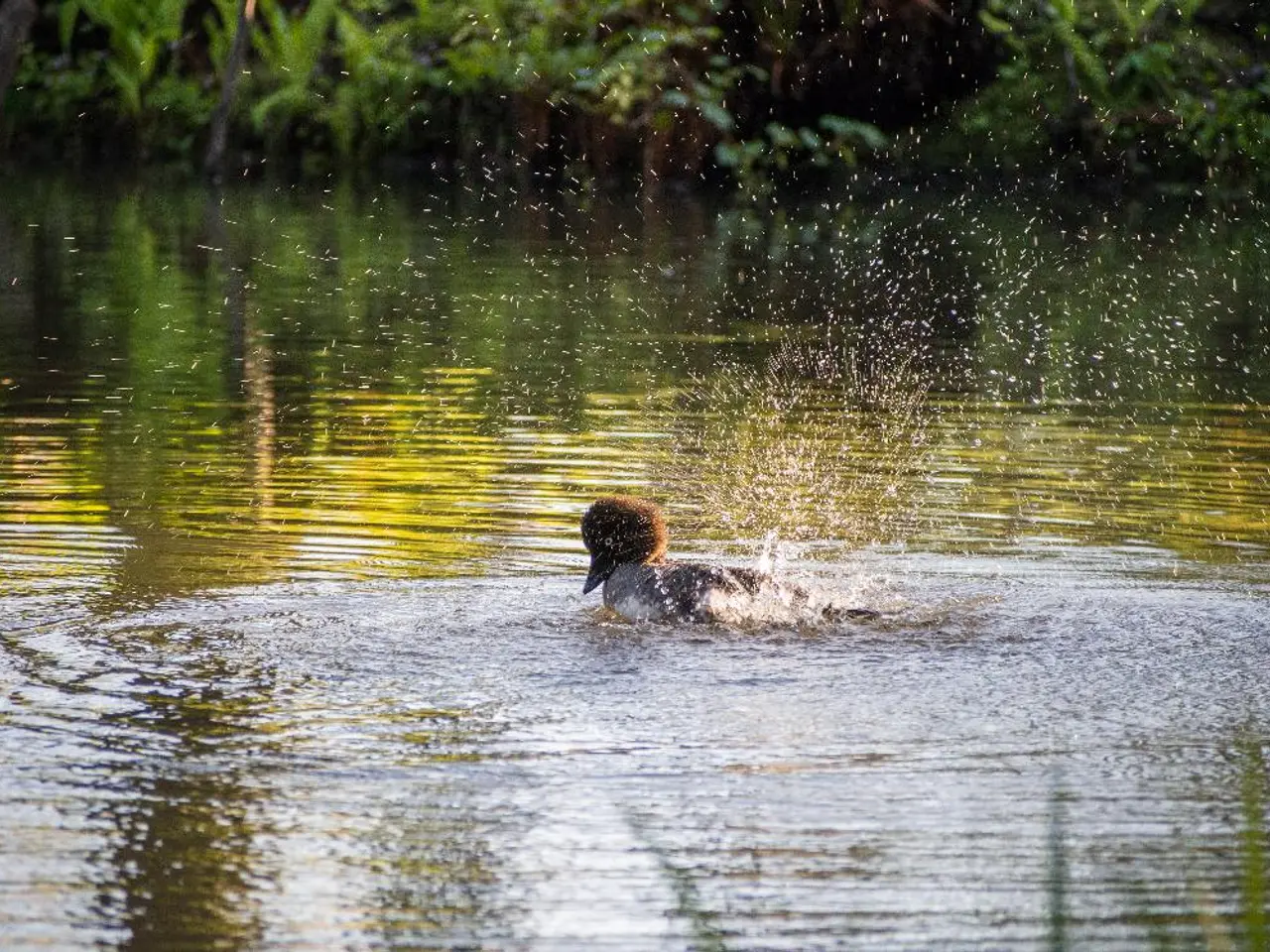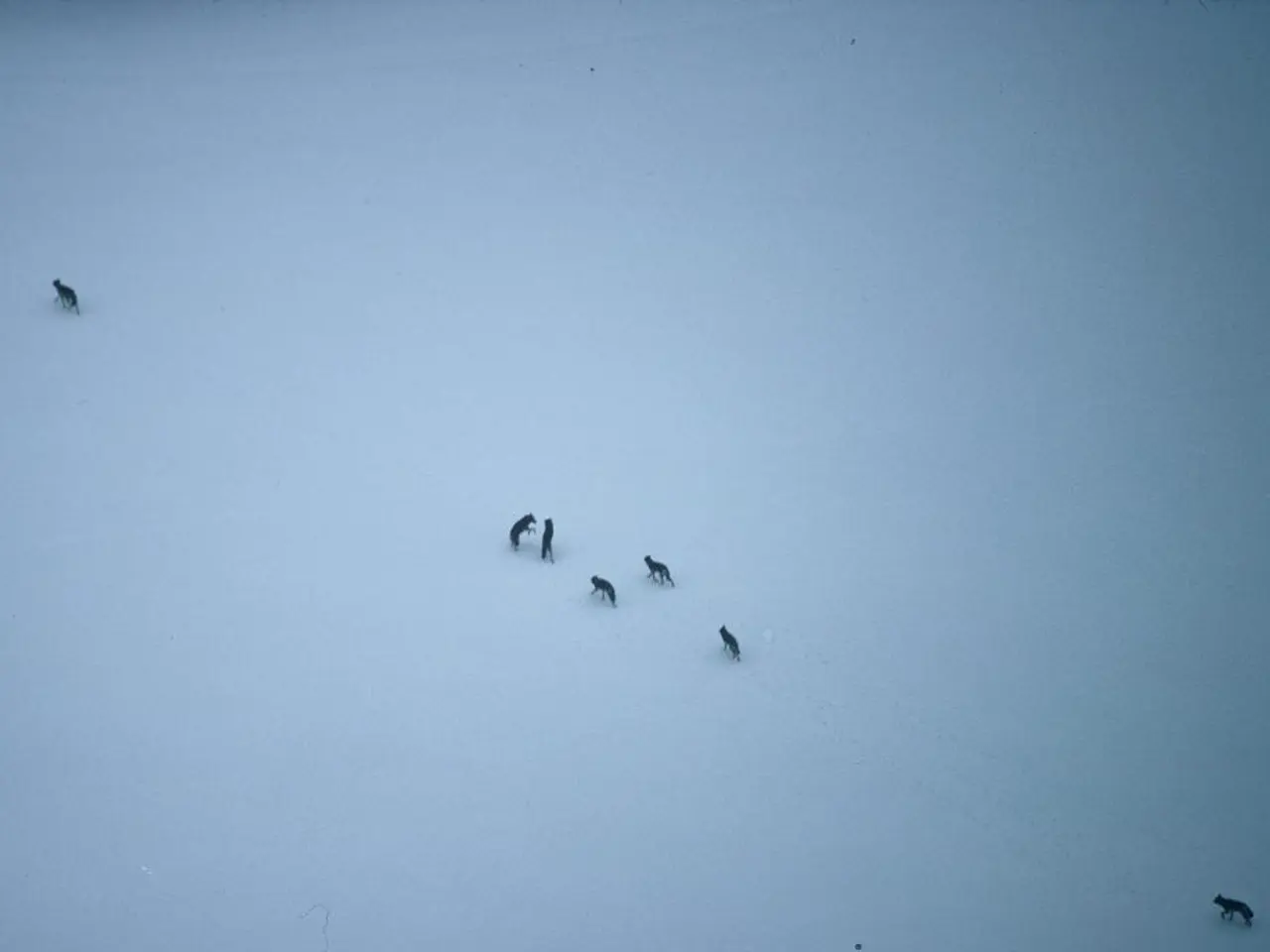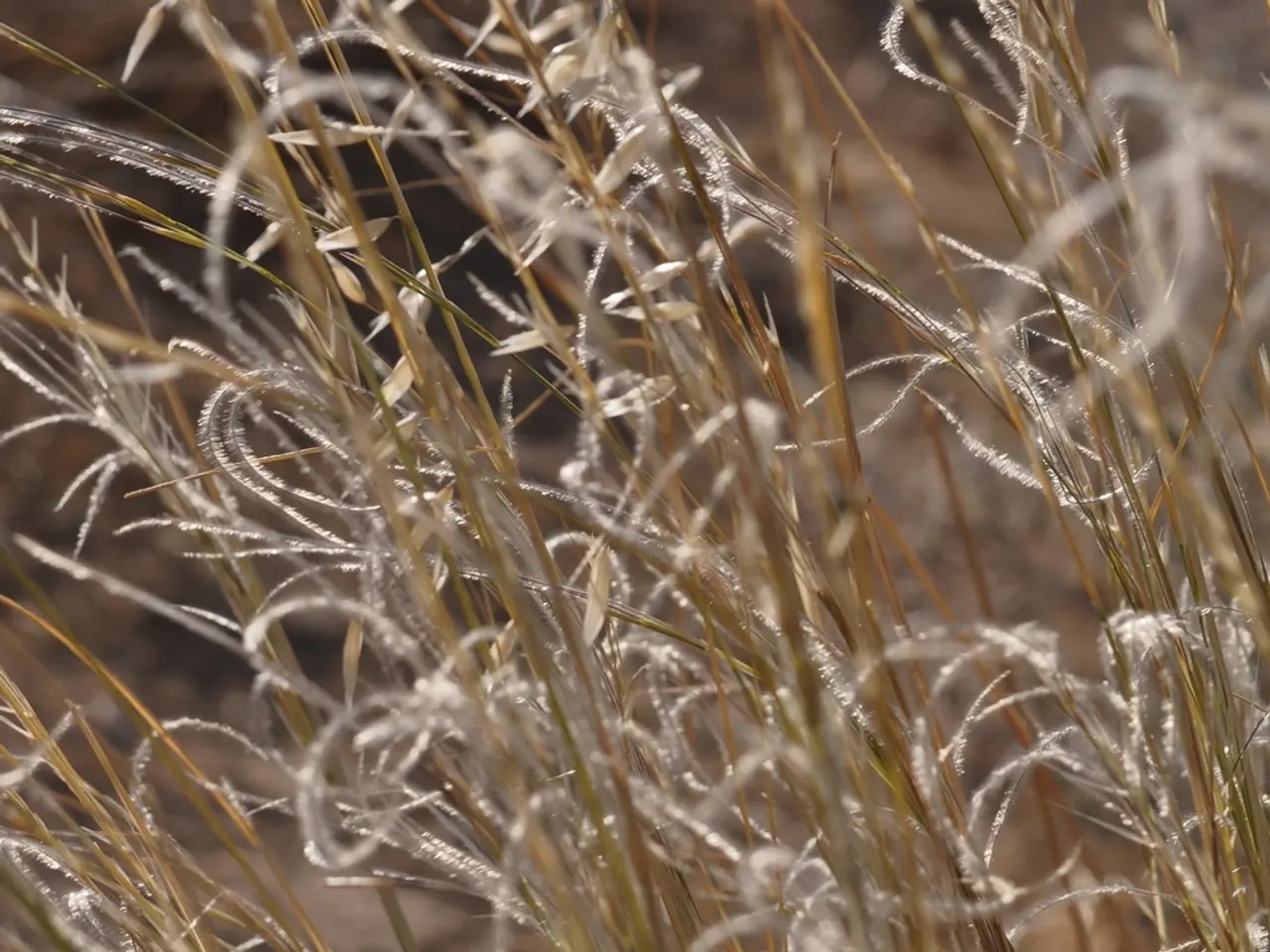Milk-Dotted Isopods: A Guide to Raising Your Foamy, Marbled Friends (Cappuccino Isopods)
In the captivating world of isopods, the Cappuccino Isopod stands out for its unique charm and diverse diet. This tropical species thrives in a well-maintained habitat, whether in terrariums or culture containers. Here's a guide to help you care for and maintain a habitat for Cappuccino Isopods.
Habitat Setup
Choose a suitable container, such as a plastic shoebox tub ranging from 6 to 32 quarts. These provide ample space for colony growth and can be either locking or non-locking. For terrariums, a minimum volume of 3 gallons is recommended.
Substrate and Environment
Create a moist but well-draining substrate to maintain humidity without waterlogging. A mix of leaf litter, coconut fiber, and decayed wood is ideal to mimic their natural microhabitat and supply hiding spots.
Humidity and Moisture
Maintain a humid microclimate by regularly misting or using a shallow water dish. Cappuccino Isopods prefer moderate to high humidity, so monitoring moisture levels is crucial to prevent drying out or mold growth.
Food
Supply blanched vegetables, such as carrots, spinach, or zucchini, and leaf litter as food sources. Blanching vegetables helps avoid introducing contaminants or pesticides to the culture.
Temperature
Keep the habitat at room temperature, roughly between 20-25°C (68-77°F). This temperature range suits Cappuccino Isopods well.
Cleaning and Maintenance
Remove uneaten food regularly to prevent mold or bacteria buildup. Spot clean the substrate as needed, but avoid full substrate changes too frequently to preserve beneficial microfauna.
Integration in Terrariums
In bioactive terrariums, Cappuccino Isopods act as cleaners by consuming waste and decomposing organic material, enriching soil health. Provide natural elements like leaf litter and wood pieces and maintain the terrarium’s humidity with misting.
Additional Tips
- A deeper substrate of 5+ inches is recommended, as Cappuccino Isopods may not burrow all the time.
- A calcium source is highly appreciated for Cappuccino Isopods, and can be added in various ways, such as crushed lime or Cubaris Cave Stone.
- In culture bins, organic materials like earthworm castings can be used heavily, while inorganic base materials like coco coir can be phased out.
- Sphagnum moss can be used on top to create a moisture gradient.
- Our Isopod Superfood Blend provides a balanced diet in one convenient package.
Breeding and Purchase
Cappuccino Isopods are not the easiest or quickest isopod to breed, but with proper care, they will eventually produce reliable broods. The cultures sold by the company are adults that are ready to start reproducing from the moment they are purchased. The company also sells other Ducky Isopods and many other Cubaris isopods for sale.
By following these practices—adequate enclosure size, moist but well-aerated substrate, proper feeding, and consistent humidity—you can successfully care for Cappuccino Isopods and maintain a thriving colony both as isolated cultures and within terrarium environments.
For pet owners looking to create a unique atmosphere, adding Cappuccino Isopods to a home-and-garden project, such as a bioactive terrarium, could be an enriching lifestyle decision. These tropical Isopods are known for their charming personality and diverse diet, making them an excellent addition to any pet-friendly home-and-garden setup. With a well-maintained Cappuccino Isopod habitat, homeowners can enjoy the benefits of their decomposing waste and soil health enrichment while having the opportunity to observe these fascinating creatures up close.




